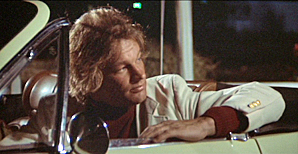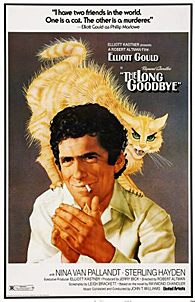Wed 21 Dec 2016
An Archived Christmas Mystery Review: ROBERT NORDEN – Death Beneath the Christmas Tree.
Posted by Steve under Reviews[4] Comments
ROBERT NORDAN – Death Beneath the Christmas Tree. Fawcett Gold Medal, paperback original; 1st printing, December 1991.
This is the second mystery adventure featuring widowed Mavis Lashley and her police photographer nephew Dale, both lovers of murder mysteries — the first being All Dressed Up to Die — and because Mavis turns out to be a very interesting woman, the story itself does, too, somewhat in spite of itself.
This one begins with a woman in a church choir being shot to death while part of a huge, glorious Christmas pageant in her church. Unfortunately several of the children in Mavis’s neighborhood are witnesses to the crime (as shepherds waiting for their cue to go on stage). Not only that, they may even know more.
This is not a happy story, as it turns out, and justice is left hanging out to dry at the end — more than which I cannot say, without telling you everything. But as a detective story, the solution to the second killing, at least, is no more subtle than one of those old five-minute Ellery Queen radio mysteries, in which the Maestro states the circumstances of the crime in three minutes, takes a minute for a commercial, then comes back in the final minute and tells you exactly how he knew who did it.
And Nordan’s prose while capable enough, is largely unimaginative — with confessions of various secrets coming forth like torrents, pages on end — but he does capture one idea very well: that while we may ever so much long for the past, what has past us by is gone and is not retrievable, whether it be our children, our youth, our cities, or (in some more general way) our way of life.
We can mourn it, whatever it is that we’ve lost, but we can’t bring it back. This book looks back, however, more than any other mystery I’ve ever read, not in anger, but in sorrow.
Bibliographic Note: There were two more in this series, Death on Wheels (1993) and Dead and Breakfast (2003).





